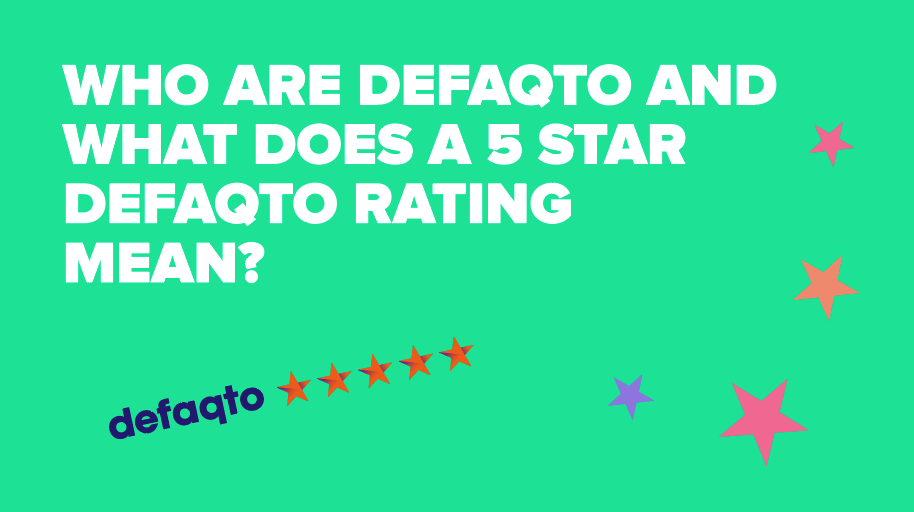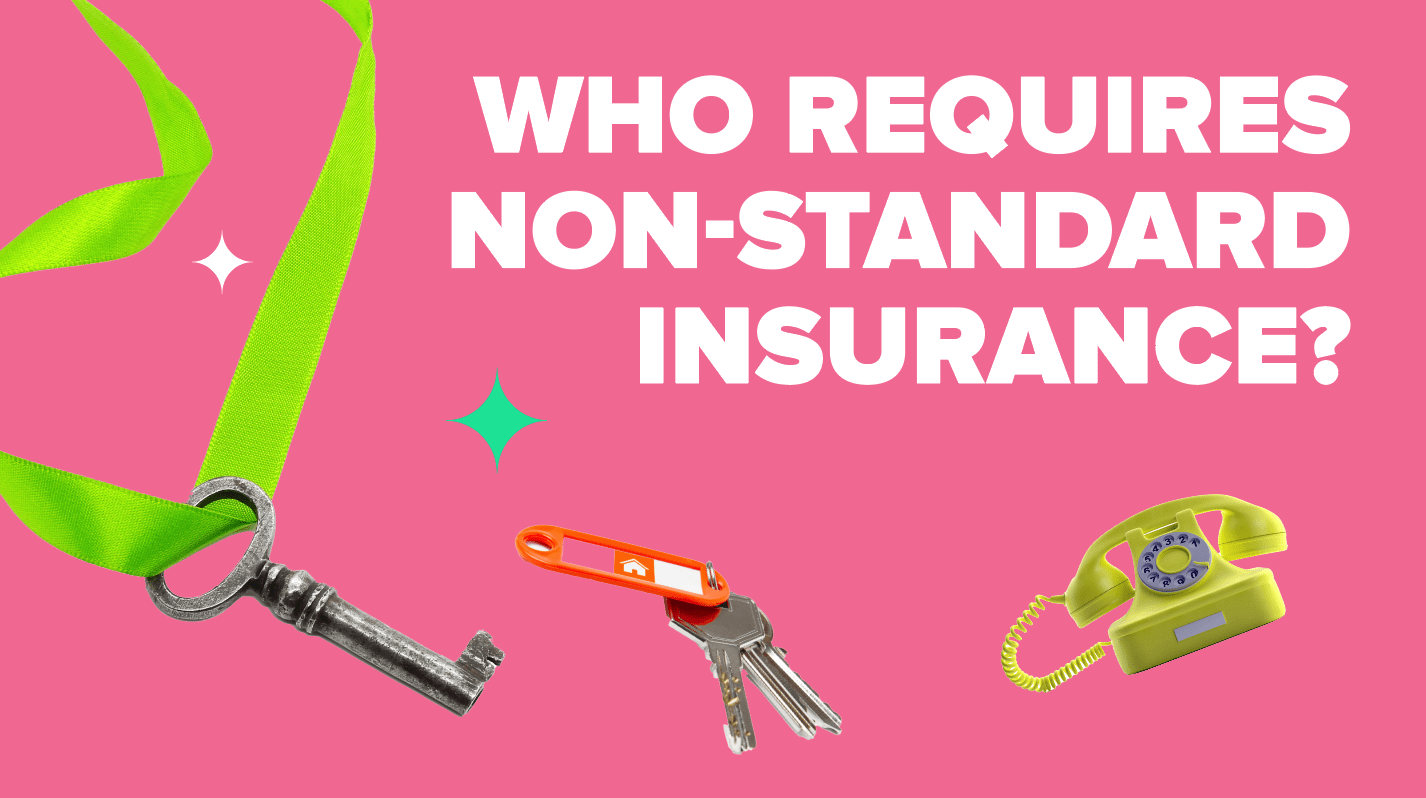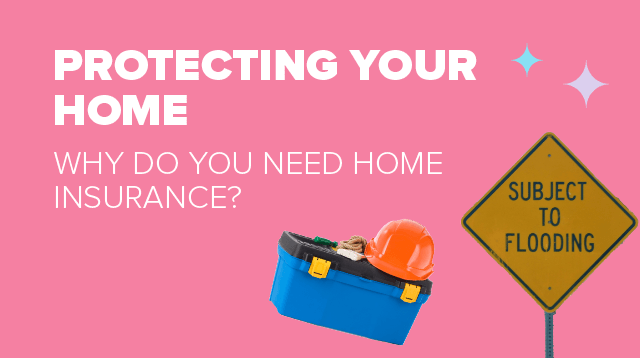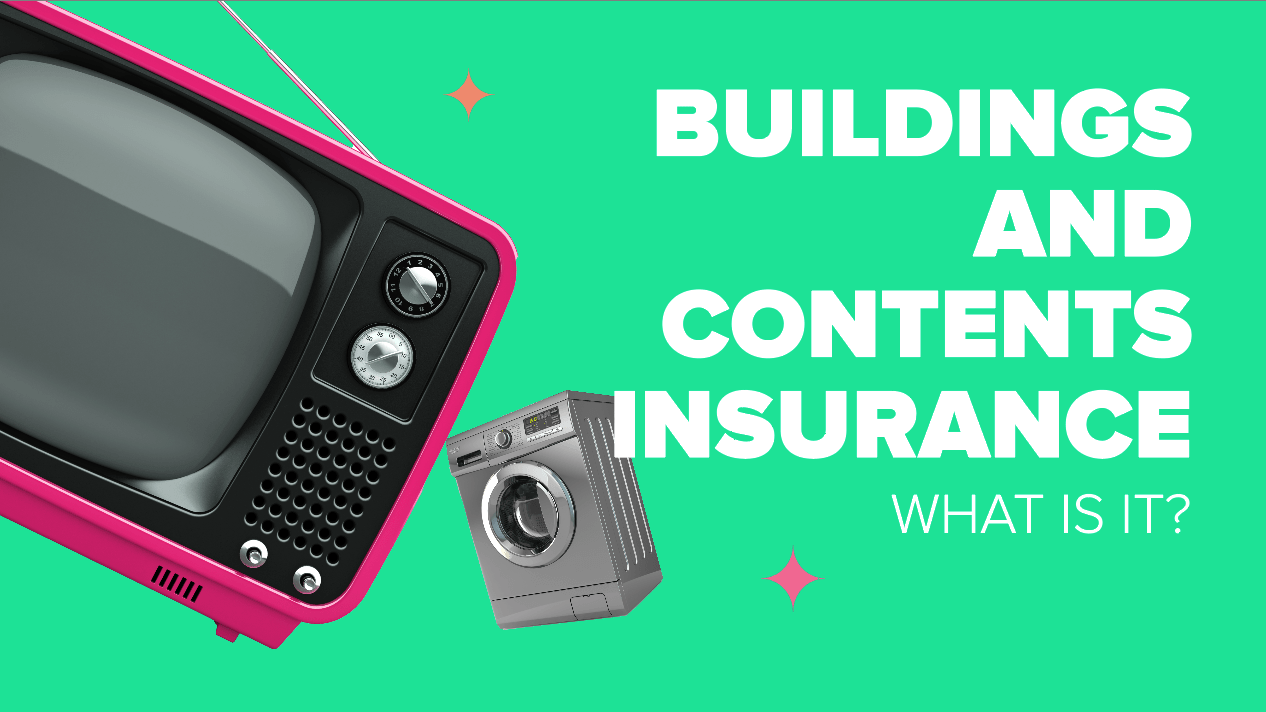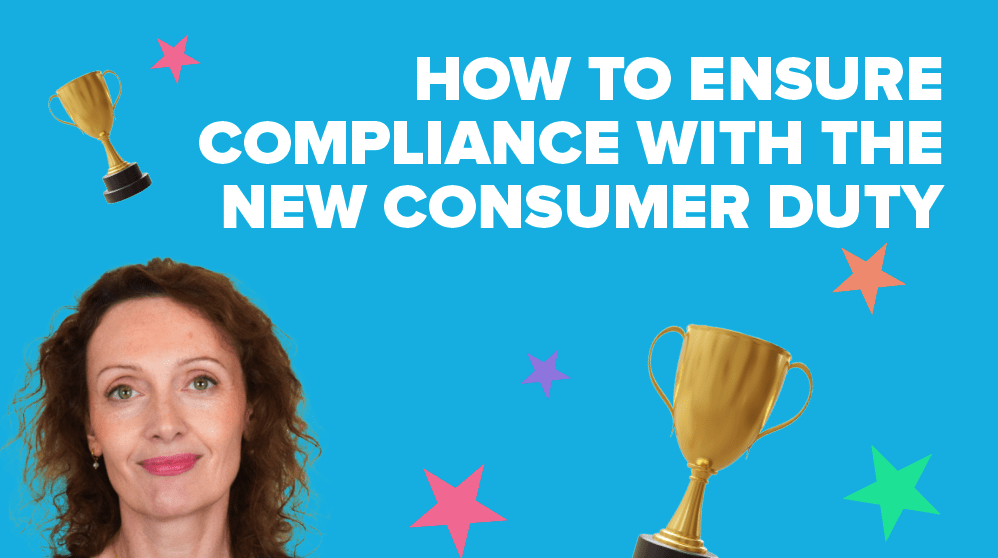Increasingly unpredictable weather in the UK is putting more homes at risk of flooding every year (Source: BBC). During Flood Action Week we wanted to take time to help homeowners understand their flood risk and take steps to prepare – which can help you save £1000’s if the worst happens.
1 in 4 properties are at risk
Recent data from Flood Re shows that one in four properties in the UK are at risk of flooding. While this might seem surprising, the risk isn’t limited to properties near rivers or the coast. Heavy rain, surface water, and overflowing drains can all lead to flooding, even in urban areas that haven’t flooded in the past.
The benefits of flood preparation
Taking action before a flood doesn’t just help keep you and your family safe – it can also save time, money, and stress during recovery.
Research from Flood Re shows that:
- The average cost of repairing a flooded home is around £67,663. But for households that have prepared in advance, this drops to £24,000.
- The average “drying time” for a flood-prepared home is 10 days, compared to 77 days for an unprepared one.
- And the average time spent in alternative accommodation drops from a massive 210 days to 0 – meaning you can stay in your home throughout the recovery process.
Flood preparation isn’t just a safety measure, it’s a financial and emotional safeguard too.
Is your home at risk of flooding?
According to research from The ABI, 25% of UK adults don’t know if their current home is at risk of flooding and storm damage.
Depending on where you live, you can check your property’s flood risk level on the following websites:
- England- gov.uk/check-long-term-flood-risk
- Scotland- https://map.sepa.org.uk/floodmaps
- Wales- https://naturalresources.wales/flooding/check-your-flood-risk-by-postcode/?lang=en
- Northern Ireland- https://www.infrastructure-ni.gov.uk/topics/flood-maps-ni
Additionally, particularly during autumn and winter, we recommend you keep an eye out for UK weather warnings here: www.weather.metoffice.gov.uk/warnings-and-advice/uk-warnings
Practical tips for preparing your home
1 in 10 UK adults have experienced flood or storm damage in their current home. 45% of them said that they wish they had taken more steps to mitigate against it (Source: The ABI). Luckily, there are a number of steps you can take to prepare your property and belongings. These include:
- Making sure you know how to turn off your gas, water and electricity in case you need to leave your home during a flood
- Moving valuable/sentimental items and important documents upstairs or placing them into waterproof containers
- Investing in sandbags to place in front of your doors and windows, which can reduce the amount of water coming in
- Cleaning out gutters at least twice a year. This keeps them free of leaves and debris that could lead to water damage to the roof and walls
- Checking your home insurance policy to understand what is and isn’t covered when it comes to extreme weather
You should also consider preparing an emergency grab bag, which can be useful in many extreme weather scenarios. Flood Re has prepared a list of suggested items to put into an emergency grab bag, which you can read here: https://www.floodre.co.uk/wp-content/uploads/Flood-Re-Floodmobile-Flood-Kit.pdf
Be prepared and stay protected
Flooding can be devastating, but preparation makes all the difference. With just a few proactive steps, you can reduce damage, speed up recovery, and potentially save tens of thousands of pounds in repairs and disruption.
This Flood Action Week, take the time to check your risk, make a plan, and ensure your insurance is up to date. Being prepared today could make all the difference tomorrow.

